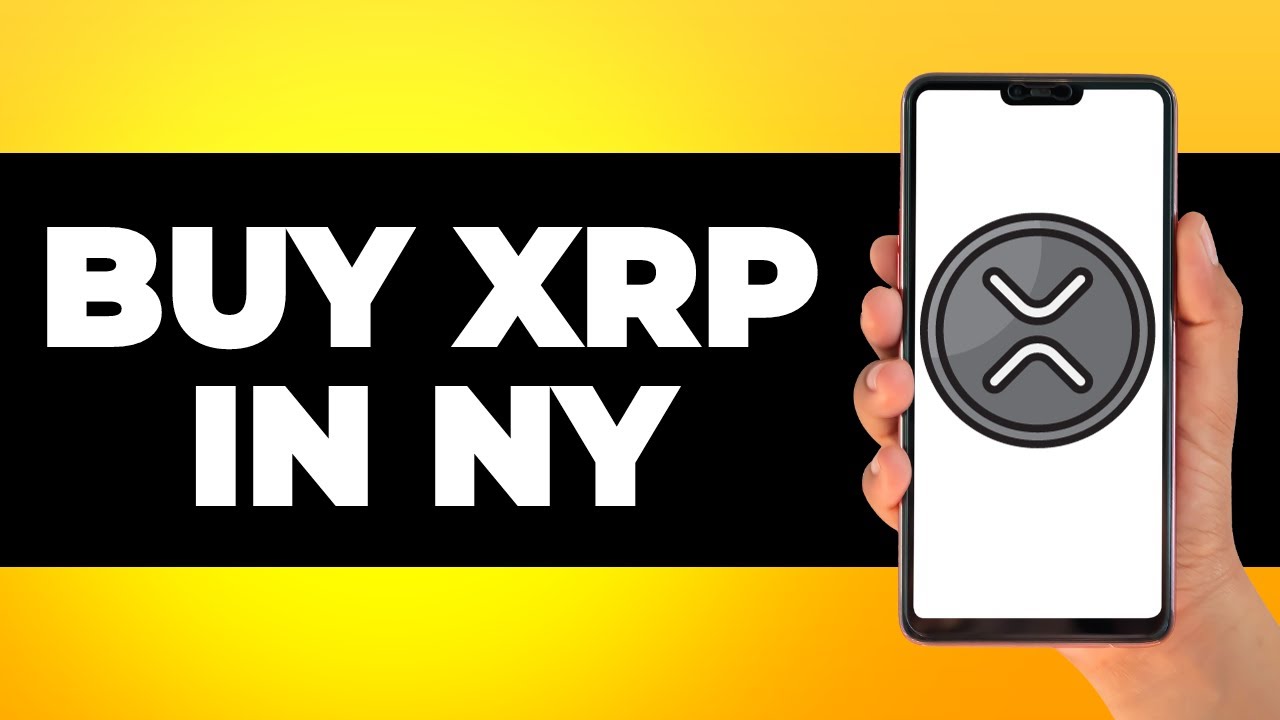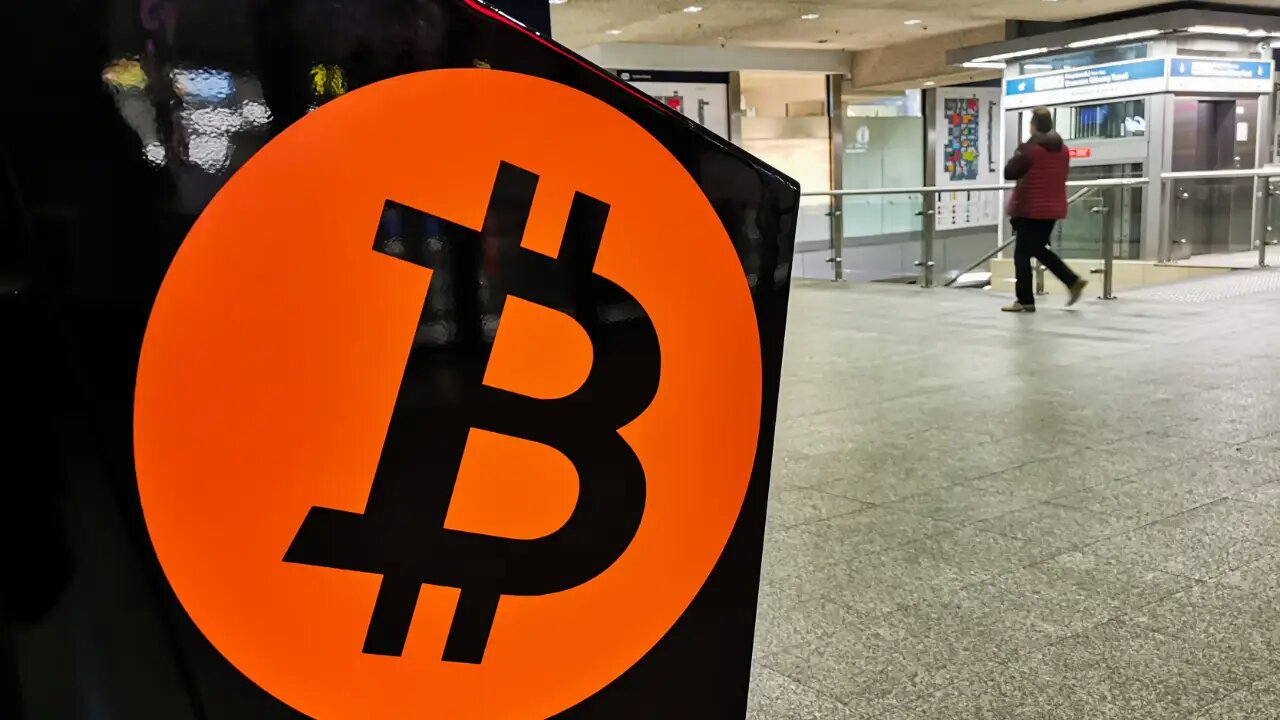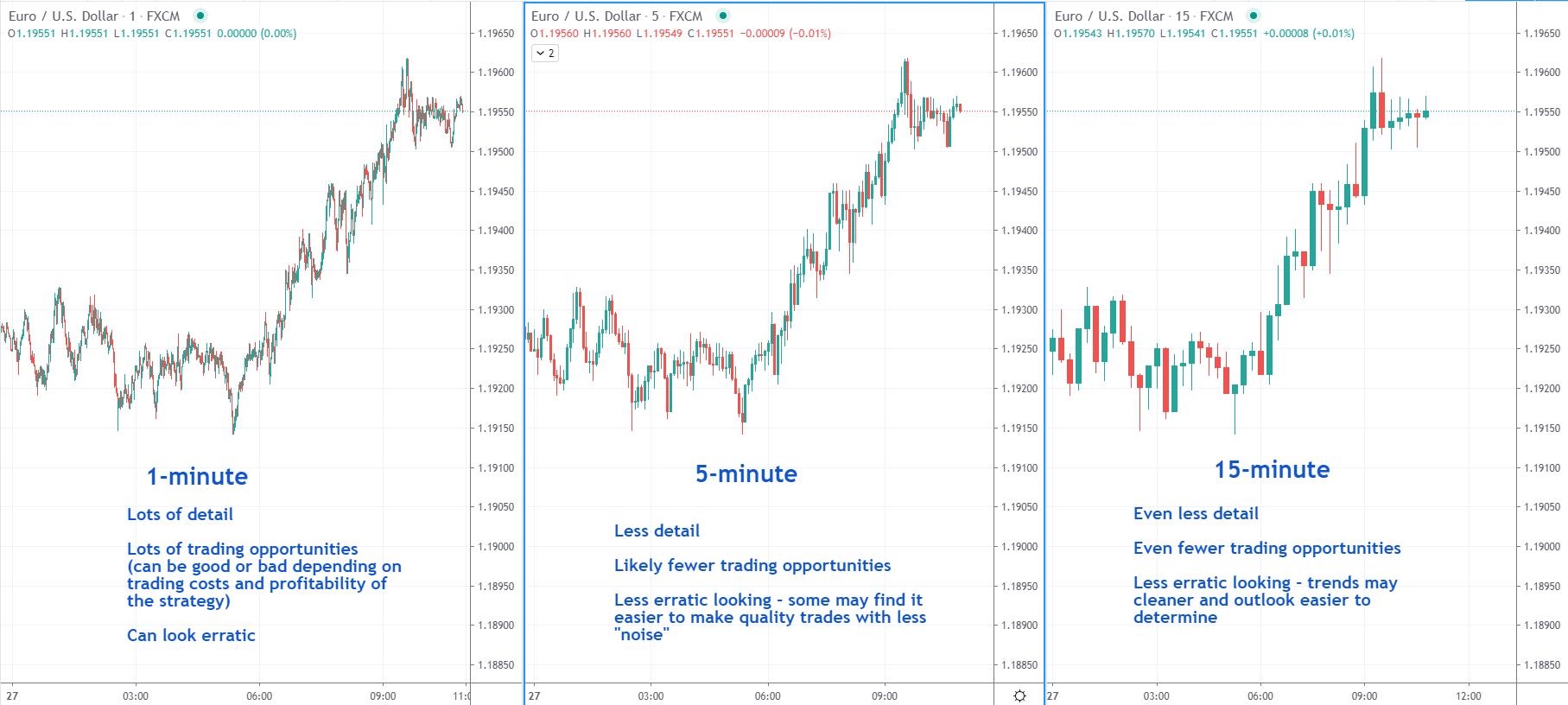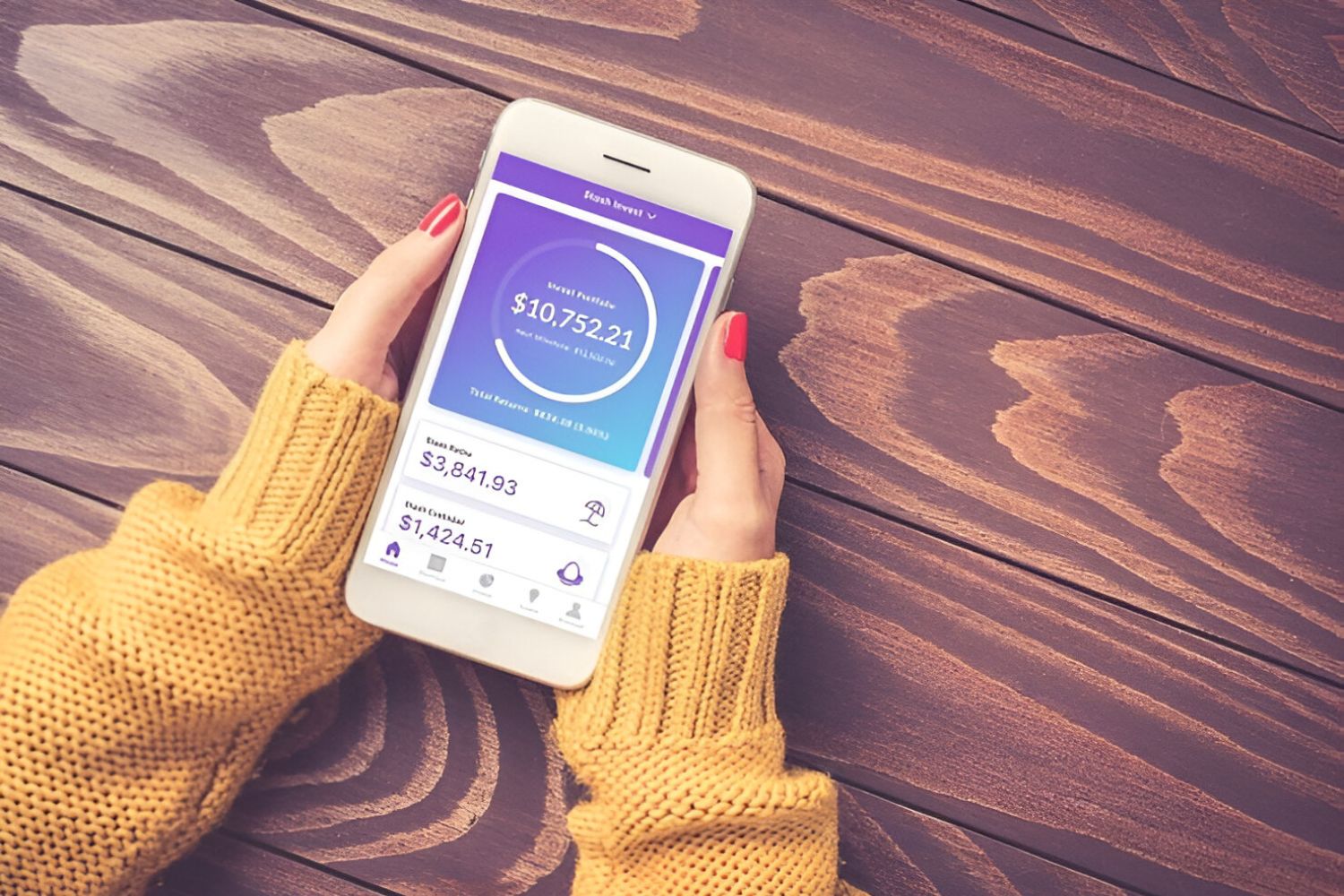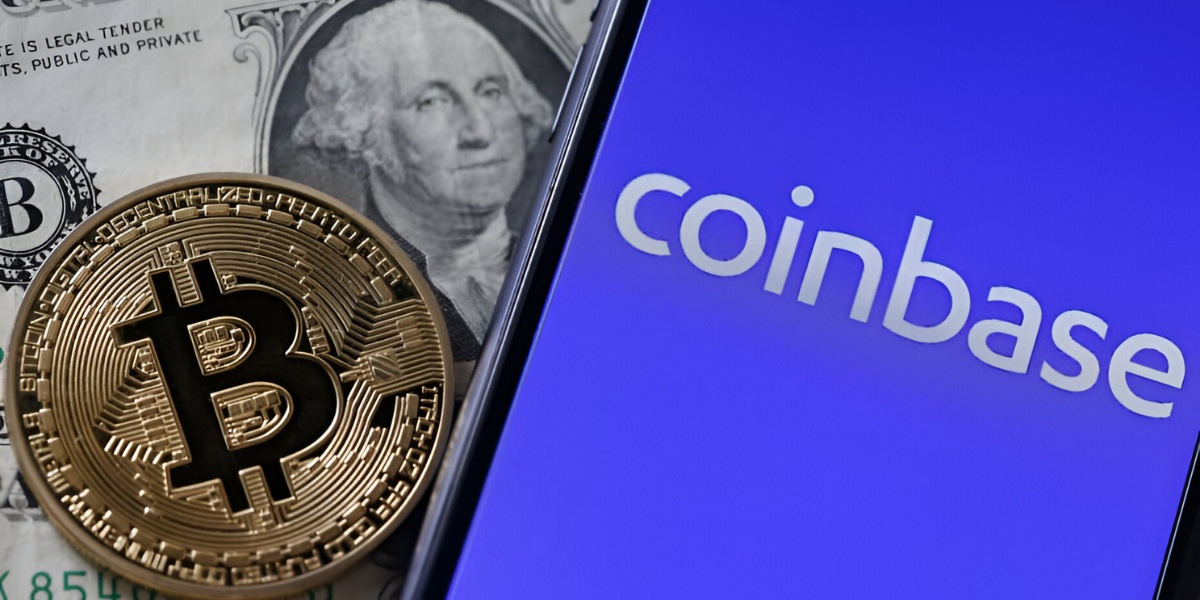Introduction
Welcome to the world of cryptocurrency! Whether you’re a seasoned investor or new to the digital currency market, this guide will help you navigate the process of buying cryptocurrency in New York. Cryptocurrency has gained popularity over the years as an alternative form of currency that is decentralized and secure.
Before diving into the specific steps of buying cryptocurrency in New York, it’s important to have a basic understanding of what cryptocurrency is. Cryptocurrency is a type of digital or virtual currency that uses cryptography for secure financial transactions, control the creation of new units, and to verify the transfer of assets. Bitcoin, Ethereum, and Ripple are some of the most well-known cryptocurrencies, but there are thousands of others available in the market.
Buying and selling cryptocurrency is subject to regulations set forth by the New York State Department of Financial Services (NYDFS). These regulations aim to protect consumers and prevent money laundering and illegal activities. It’s crucial to adhere to these regulations and engage with licensed and reputable cryptocurrency exchanges that operate within the legal framework.
Choosing a reliable cryptocurrency exchange is a critical step in the buying process. An exchange is a platform where you can trade your traditional currency, such as U.S. dollars, for cryptocurrencies. Factors to consider when selecting an exchange include security measures, fees, available cryptocurrencies, liquidity, user interface, and customer support.
Once you’ve chosen an exchange, you’ll need to set up an account. This typically involves providing personal information and creating a login credential. Due to regulatory requirements, exchanges are obligated to verify the identity of their users. This process is known as the KYC (Know Your Customer) procedure and may include submitting identification documents.
After your account is set up and verified, you’ll need to fund it. Most exchanges offer various methods for depositing funds, such as bank transfers or credit card payments. It’s essential to review the fees and processing times associated with each payment method to make an informed decision.
Understanding Cryptocurrency
Cryptocurrency is a digital or virtual form of currency that utilizes cryptographic technology to secure financial transactions, control the creation of new units, and verify the transfer of assets. Unlike traditional currencies, such as the U.S. dollar or the Euro, which are issued and regulated by central banks, cryptocurrencies are decentralized and operate on a technology called the blockchain.
The blockchain is a digital ledger that records all transactions across a network of computers. Every transaction is stored in a block, which is then added to the chain. This decentralized nature of the blockchain ensures transparency, immutability, and security.
The most well-known cryptocurrency is Bitcoin, which was created in 2009 by an anonymous person or group under the pseudonym Satoshi Nakamoto. Bitcoin introduced the concept of a peer-to-peer electronic cash system, enabling individuals to make transactions without relying on intermediaries, such as banks or payment processors.
Since the inception of Bitcoin, thousands of other cryptocurrencies have emerged, each with its own unique features and purposes. Ethereum, for example, is not only a cryptocurrency but also a platform for building decentralized applications (DApps) and executing smart contracts. Ripple, on the other hand, focuses on facilitating fast and low-cost international money transfers.
Cryptocurrencies derive their value from several factors. Market demand and adoption play a significant role, as more individuals and businesses recognize the benefits of using cryptocurrencies for transactions. Additionally, scarcity is a fundamental aspect of many cryptocurrencies, with a limited supply set by the underlying technology. This scarcity, coupled with increasing demand, can lead to price appreciation.
One of the key advantages of cryptocurrency is the level of security it provides. Transactions conducted on the blockchain are encrypted, making it extremely difficult for hackers to alter or manipulate them. Additionally, cryptocurrency wallets use advanced algorithms to safeguard private keys, which are essential for accessing and managing funds.
In recent years, cryptocurrencies have gained widespread acceptance as a viable investment asset class. Investors are attracted to the potential for high returns, diversification opportunities, and the ability to navigate markets that operate independently of traditional financial systems.
Understanding the fundamentals of cryptocurrency is crucial before venturing into the world of buying and trading digital assets. By familiarizing yourself with the underlying technology, market dynamics, and potential risks, you can make informed decisions and participate confidently in the cryptocurrency market.
Understanding New York State Regulations for Buying Cryptocurrency
When it comes to buying cryptocurrency in New York, it’s important to be aware of the regulations set forth by the New York State Department of Financial Services (NYDFS). These regulations aim to protect consumers, prevent money laundering, and ensure compliance with anti-terrorism and anti-money laundering laws.
In 2015, the NYDFS introduced the BitLicense, which is a business license specifically for virtual currency activities. Any company engaging in virtual currency business activities, including buying or selling cryptocurrencies, must obtain this license to operate legally in New York. Obtaining the BitLicense requires meeting strict requirements, such as maintaining robust cybersecurity measures, implementing consumer protections, and following strict know-your-customer (KYC) and anti-money laundering (AML) procedures.
In addition to the BitLicense, the NYDFS enforces regulations on cryptocurrency exchanges and other virtual currency businesses. Exchanges must be registered with the NYDFS and adhere to specific operational and compliance standards. These standards include maintaining sufficient financial reserves, conducting regular audits, and implementing measures to protect customer assets and information.
It’s crucial for New York residents to choose cryptocurrency exchanges that are regulated by the NYDFS. By doing so, you can ensure that your funds are protected and that you are engaging with a legitimate and secure platform. You can easily verify the licensing status of an exchange by checking the NYDFS website or contacting the department directly.
While these regulations in New York enhance consumer protection and the integrity of the cryptocurrency market, they also impose additional requirements and considerations for individuals buying cryptocurrency. Under the KYC procedures, exchanges are obligated to verify the identity of their users. This generally involves submitting identification documents, such as a passport or driver’s license, and in some cases, providing proof of residency.
Furthermore, the regulations may have an impact on the availability and selection of cryptocurrencies on New York-based exchanges. Some cryptocurrencies may choose not to operate in New York or may require additional licensing due to the stringent requirements set forth by the NYDFS.
It’s important to remain informed about any updates or changes to the regulations in New York. The NYDFS regularly reviews and adapts its guidelines to keep pace with the evolving nature of the cryptocurrency market. Staying knowledgeable will help you navigate the regulatory landscape and make informed decisions when buying and trading cryptocurrency in New York.
Choosing a Cryptocurrency Exchange
When it comes to buying cryptocurrency, choosing a reputable and reliable cryptocurrency exchange is crucial. An exchange is a platform that allows you to buy, sell, and trade cryptocurrencies using traditional currency, such as U.S. dollars. With the growing popularity of cryptocurrencies, numerous exchanges have emerged, each offering different features, services, and security measures.
Here are some key factors to consider when choosing a cryptocurrency exchange:
- Security Measures: Cryptocurrency exchanges store vast amounts of digital assets, making them attractive targets for hackers. Look for exchanges that prioritize security through measures such as two-factor authentication (2FA), cold storage of funds, and regular security audits.
- Fees: Exchanges charge fees for various activities, including depositing funds, trading, and withdrawing cryptocurrencies. Compare the fee structures of different exchanges to ensure you’re getting a fair deal. It’s also important to be mindful of hidden fees that may not be immediately apparent.
- Available Cryptocurrencies: Different exchanges support different cryptocurrencies. Ensure that the exchange you choose offers the specific cryptocurrencies you’re interested in buying. If you have a diverse investment portfolio, it’s essential to choose an exchange with a wide range of available cryptocurrencies.
- Liquidity: Liquidity refers to how easily you can buy or sell cryptocurrencies without impacting the market price. Exchanges with high liquidity typically have a larger number of active traders and tighter spreads. Opting for an exchange with good liquidity ensures you can execute your orders efficiently.
- User Interface: A user-friendly and intuitive interface can make a significant difference, especially for beginner traders. Look for exchanges that offer a clean and easy-to-navigate interface, with clear charts, order books, and trading tools.
- Customer Support: In the rapidly evolving world of cryptocurrency, responsive customer support is crucial. Choose exchanges that offer timely and helpful customer support channels, such as live chat, email support, or dedicated support forums.
Researching and comparing multiple exchanges before making a decision is highly recommended. Read reviews, check user feedback, and consider the reputation of the exchange in the cryptocurrency community. It’s important to choose an exchange that aligns with your trading goals, preferences, and risk tolerance.
Lastly, be cautious of exchanges that offer unrealistic promises or extremely low fees, as they could be indicators of potential scams. Always prioritize security and legitimacy when selecting a cryptocurrency exchange to protect your funds and have a smooth trading experience.
Setting Up an Account on a Cryptocurrency Exchange
Before you can start buying cryptocurrency on an exchange, you’ll need to set up an account. The account creation process may vary slightly between exchanges, but here are the general steps to follow:
- Choose an Exchange: Select a reliable and reputable cryptocurrency exchange that aligns with your preferences and requirements.
- Visit the Exchange’s Website: Access the website of the chosen exchange and start the account registration process.
- Sign Up: Click on the “Sign Up” or “Create Account” button to initiate the account registration process.
- Provide Personal Information: You’ll typically be asked to provide personal information, including your full name, email address, and sometimes your phone number. Make sure to provide accurate details as they will be used for verification purposes.
- Create a Strong Password: Choose a strong and unique password to secure your account. It’s recommended to use a combination of uppercase and lowercase letters, numbers, and special characters.
- Read and Accept the Terms of Service: Carefully read the terms of service and ensure you understand and agree to the exchange’s policies before proceeding.
- Complete Email Verification: Most exchanges will send a verification link to the email address you provided during registration. Click on the link to verify your email and activate your account.
Once you’ve completed these initial steps, your account will be set up, but typically it will be in an unverified status. To fully verify your account and comply with regulatory requirements, you’ll need to proceed with the following steps:
- Complete Account Verification (KYC): As part of know-your-customer (KYC) procedures, you’ll need to provide additional personal information and identification documents. This can include uploading a scan of your government-issued ID, such as a passport or driver’s license, and in some cases, providing proof of address (e.g., utility bill or bank statement).
- Verify Identity: Some exchanges might require you to go through an identity verification process known as “identity verification video call” or “selfie verification.” This usually involves taking a selfie while holding your identification document next to your face or participating in a video call with a customer support representative.
- Wait for Verification: After submitting your verification documents, the exchange will review and verify your information. This process may take anywhere from a few hours to a few days, depending on the exchange’s procedures and workload.
Once your account is fully verified, you’ll have access to the full functionalities of the exchange, including the ability to deposit funds, trade cryptocurrencies, and withdraw your assets. It’s important to note that each exchange may have specific requirements and processes for account verification, so it’s always a good idea to follow the instructions provided by the exchange to ensure a smooth verification process.
Verifying Your Identity
Verifying your identity is a crucial step when setting up an account on a cryptocurrency exchange. Due to regulatory requirements and compliance with anti-money laundering (AML) and know-your-customer (KYC) regulations, exchanges are obligated to verify the identity of their users. This process is in place to prevent fraudulent activities, protect users, and ensure the integrity of the cryptocurrency market.
Here are the general steps involved in the identity verification process:
- Submit Personal Information: When signing up for an account, you typically provide your personal information, such as your full name, email address, and sometimes your phone number. This initial step helps initiate the process of identity verification.
- Provide Identification Documents: As part of the KYC process, you’ll need to provide identification documents to prove your identity. This typically involves uploading a scan or photo of a government-issued identification document, such as a passport, driver’s license, or national ID card.
- Proof of Address: Some exchanges may require additional verification of your address. This can be done by providing a recent utility bill, bank statement, or other official documents that display your name and current address.
- Selfie Verification: Many exchanges require users to complete a selfie verification process. This involves taking a selfie while holding your identification document next to your face or with a specific handwritten note as instructed by the exchange. This process aims to confirm that the person submitting the identification documents is the same person using the account.
- Video Verification: In certain cases, exchanges may request video verification, which involves participating in a live video call with a customer support representative. During the call, you may be required to show your identification document, answer security questions, or perform specific actions to prove your identity.
- Waiting for Verification: After submitting your identification documents and completing the necessary verification steps, you will need to wait for the exchange to review and validate your information. The duration of this process varies depending on the exchange, but it typically takes a few hours to a few days.
It’s important to ensure that the identification documents you provide are valid and clear. Any inaccuracies or discrepancies can delay the verification process. Additionally, make sure to comply with the instructions and requirements provided by the exchange to ensure a smooth verification process.
By verifying your identity on a cryptocurrency exchange, you are not only complying with regulatory requirements but also increasing the security and trustworthiness of the platform. It allows the exchange to know who their users are, thus mitigating the risks of fraudulent activities and ensuring a safer trading environment.
Funding Your Account
Once you have set up an account on a cryptocurrency exchange and completed the identity verification process, the next step is to fund your account. Funding your account allows you to have the necessary funds to purchase cryptocurrencies and engage in trading activities. Here are the general steps involved in funding your account:
- Select a Deposit Method: Most cryptocurrency exchanges offer various deposit methods, including bank transfers, credit card payments, and sometimes even alternative payment options such as PayPal or cryptocurrencies. Choose the deposit method that is most convenient for you, considering factors such as transaction fees, processing times, and availability.
- Link Your Bank Account: If you choose to deposit funds via a bank transfer, you will typically need to link your bank account to your cryptocurrency exchange account. This involves providing your bank account details, such as your account number and routing number, ensuring a secure and encrypted connection.
- Follow Deposit Instructions: Each deposit method may have specific instructions that you need to follow. Pay close attention to any guidelines provided by the exchange regarding the deposit process, including any unique account numbers or references required.
- Verify Deposit: After initiating the deposit, the exchange may require you to verify the transaction. This can include submitting proof of the transaction, such as a screenshot or receipt, to confirm that the funds have been sent successfully.
- Wait for Confirmation: Depending on the deposit method and the exchange’s processing times, it may take some time for the funds to be credited to your account. This can range from a few minutes to several business days. Keep an eye on your account balance or the transaction history section to track the status of your deposit.
It’s important to note that each exchange may have its own specific procedures and requirements for funding accounts. Some may have restrictions or limitations on deposit amounts or specific supported currencies. Always review the exchange’s guidelines, documentation, and frequently asked questions to ensure you understand their policies and procedures regarding funding your account.
Additionally, it’s crucial to consider the security of your funds when depositing. Take necessary precautions such as using secure internet connections, enabling two-factor authentication (2FA) for your exchange account, and monitoring your account regularly for any unauthorized activity.
By successfully funding your account, you will have the necessary funds to engage in buying and trading cryptocurrencies on the exchange. It’s important to manage your funds wisely, considering factors such as market conditions, risk tolerance, and investment goals.
Placing a Buy Order
Once your cryptocurrency exchange account is funded and you are ready to buy cryptocurrencies, the next step is to place a buy order. Placing a buy order allows you to specify the amount and price at which you are willing to purchase the desired cryptocurrency. Here’s a step-by-step guide on how to place a buy order:
- Select the Cryptocurrency: Choose the cryptocurrency you want to buy from the available options on the exchange. Consider factors such as market trends, potential risks, and your investment strategy when making this decision.
- Choose the Trading Pair: Cryptocurrencies are often traded in pairs, such as Bitcoin (BTC) against Ethereum (ETH). Select the trading pair that matches the cryptocurrency you want to purchase with the one you are using to fund your account.
- Set the Amount: Determine the amount of the cryptocurrency you want to buy, taking into account your available funds and any minimum purchase requirements set by the exchange. You can usually specify the amount in either the cryptocurrency itself or the equivalent value in your base currency.
- Set the Price: Decide on the maximum price you are willing to pay per unit of the cryptocurrency. You can either set a specific price or choose to buy at the current market price, known as a market order.
- Choose Order Type: Select the order type that matches your trading strategy. A market order executes immediately at the current market price, while a limit order allows you to set a specific price at which you want to buy. Stop orders and stop-limit orders are advanced order types that trigger a buy order once the price reaches a certain level.
- Review and Submit: Double-check all the details of your buy order, including the amount, price, and order type. Ensure they align with your desired trade and investment objectives. Once you are satisfied, click on the “Submit” or “Buy” button to place your order.
- Monitor your Order: After placing your buy order, monitor its status through the “Open Orders” or “Order History” section on the exchange. You can track whether the order is executed, partially filled, or cancelled. Depending on market conditions and demand, it may take some time for the order to be fulfilled.
It’s important to note that cryptocurrency prices can be volatile, and they can fluctuate rapidly. It is advisable to set realistic expectations and avoid chasing short-term price movements. Conduct thorough research, consider market trends, and consult reliable sources of information before making any buy orders.
By placing a buy order on a cryptocurrency exchange, you take the necessary steps to acquire the desired cryptocurrency at your preferred price. It’s important to develop a disciplined investment strategy, manage your risk appropriately, and stay informed about market conditions to make well-informed buying decisions.
Storing Your Cryptocurrency Safely
When you purchase cryptocurrency, it’s essential to prioritize the security of your digital assets. Cryptocurrencies are stored in digital wallets, and ensuring the safety of your wallet is crucial to protect your funds from unauthorized access and potential loss. Here are some important considerations for storing your cryptocurrency safely:
- Hardware Wallets: Consider using a hardware wallet, which is a physical device specifically designed to store cryptocurrencies securely. Hardware wallets keep your private keys offline, making them more resistant to hacking attempts. Ledger and Trezor are examples of popular hardware wallet manufacturers.
- Software Wallets: Software wallets are applications that you install on your computer or mobile device to store your cryptocurrency. It’s important to choose reputable software wallets from trusted sources, and consider enabling additional security features such as two-factor authentication (2FA) to protect your wallet.
- Cold Storage: Cold storage refers to storing your cryptocurrency offline. This can include using hardware wallets or creating paper wallets, which involve printing out your private keys on a piece of paper and keeping it in a secure location. Cold storage provides an added layer of protection against online threats.
- Backup Your Wallet: Regularly back up your wallet to ensure that you have a copy of your private keys in case of loss or damage to your device. Store the backup in a secure and separate location from your main device.
- Use Strong Passwords: Protect your wallets with strong and unique passwords. Avoid using easily guessable passwords and consider using a password manager to securely store your login credentials.
- Beware of Phishing Attempts: Be cautious of phishing attempts, where malicious actors try to deceive you into revealing your wallet information or private keys. Avoid clicking on suspicious links and always double-check the website’s URL before entering any sensitive information.
- Keep Software Updated: Ensure that your wallet software and any associated applications are up to date. Software updates often include security patches that help protect your wallet from vulnerabilities.
- Diversify Storage: Consider diversifying the storage of your cryptocurrency across multiple wallets or platforms. This reduces the risk of losing all your funds in case of compromise or failure of a single wallet or platform.
- Stay Informed: Stay up to date with the latest security practices and developments in the cryptocurrency space. Follow reputable sources of information and join online communities to learn from others and stay ahead of potential security risks.
Remember that cryptocurrencies are decentralized and give users full control over their funds. However, with great control comes great responsibility. By implementing strong security measures, you can significantly reduce the risk of losing your cryptocurrency to theft, hacking, or other malicious activities.
It is important to note that the responsibility for securing your cryptocurrency ultimately lies with you. Take the time to do thorough research, understand the different wallet options available, and choose the storage method that best fits your needs and risk tolerance.
Conclusion
Congratulations! You have successfully learned the essential steps involved in buying and storing cryptocurrency in New York. Let’s recap what we covered in this guide:
We began by understanding the basics of cryptocurrency, including its decentralized nature and the role of blockchain technology in securing transactions. We also explored some of the most well-known cryptocurrencies, such as Bitcoin, Ethereum, and Ripple.
Next, we delved into the regulatory framework for buying cryptocurrency in New York. We discussed the significance of the BitLicense and the obligations placed on cryptocurrency exchanges to protect consumers and prevent illegal activities.
Choosing a reputable cryptocurrency exchange is crucial for a safe and seamless buying experience. We highlighted essential factors to consider, such as security measures, fees, available cryptocurrencies, liquidity, user interface, and customer support.
Setting up an account on a cryptocurrency exchange was the next step, which involved providing personal information and completing the necessary identity verification process. We discussed the importance of adherence to KYC procedures and the verification timeframes.
Funding your account enabled you to have the necessary funds to buy cryptocurrencies. We emphasized the importance of selecting a deposit method and following the exchange’s instructions to ensure a smooth transaction process.
Placing a buy order was the next step, where we explained how to select the cryptocurrency, trading pair, amount, price, and order type. We emphasized the need for careful consideration and realistic expectations when making buy orders.
Lastly, we covered the critical aspect of storing your cryptocurrency safely. We discussed the benefits of using hardware or software wallets, cold storage, strong passwords, and the importance of backing up your wallet. We also reminded you to stay vigilant against phishing attempts and to stay informed about the latest security practices.
By following these steps and adopting careful strategies, you are well-equipped to navigate the world of cryptocurrency in New York. Remember, the cryptocurrency market is highly volatile, and it’s crucial to conduct thorough research and exercise caution when making investment decisions.
Good luck on your cryptocurrency journey, and may your investments be prosperous and secure!









